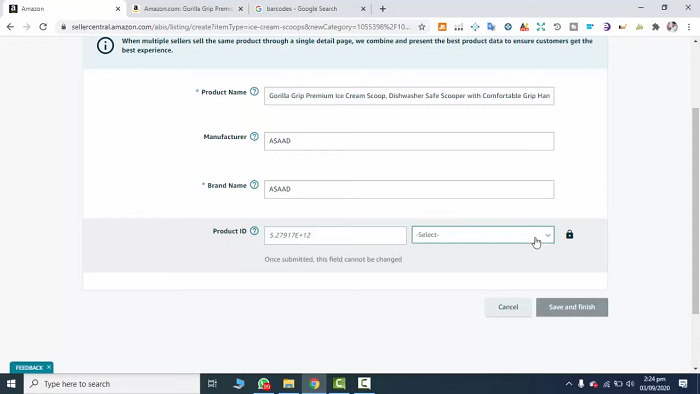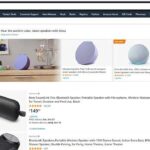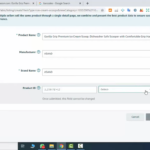
October 17, 2023, 0 Comments
A Step-by-Step Guide on How to List a Product on Amazon
Introduction
Selling products on Amazon has become a lucrative venture for countless entrepreneurs and businesses around the world. To start your journey as an Amazon seller, the first crucial step is to list your product on the platform. This comprehensive guide will walk you through the process of creating a new product listing on Amazon, whether you’re a seasoned seller or a newcomer to the e-commerce world.
Step 1: Create an Amazon Seller Account
Before you can list a product on Amazon, you need to sign up for an Amazon seller account. There are two types of seller accounts: Individual and Professional. Choose the one that suits your selling volume and needs. The Professional account comes with a monthly subscription fee but offers additional features and tools.
Step 2: Gather Product Information
Ensure you have all the necessary product information at your disposal. You will need:
- High-quality product images (at least one, preferably multiple) that meet Amazon’s image requirements.
- A product title that accurately describes the item and includes relevant keywords.
- A product description detailing the features, specifications, and benefits.
- UPC, EAN, or ISBN codes, depending on your product type.
- The manufacturer’s name, brand, and any specific product identifiers.
- Pricing information, including the list price, sale price, and any discounts or promotions.
- The quantity of the product you have available for sale.
- Shipping details, such as the weight and dimensions of the product, and your preferred shipping method (Fulfillment by Amazon or self-fulfillment).
Step 3: Log into Your Seller Account
Once you’ve gathered all the necessary information, log into your Amazon seller account.
Step 4: Choose the Right Category
Select the category that best matches your product. Amazon provides a list of categories to choose from. Accurate categorization is essential as it helps potential customers find your product.
Step 5: Create a New Product Listing
To create a new product listing, follow these steps:
a. In your seller account, click on “Inventory” and then “Add a Product.” b. Amazon will ask you if the product you want to list already exists in their catalog or if it’s a new product. Select “I’m adding a product that is not sold on Amazon.” c. Fill in all the necessary product information, including title, manufacturer, brand, and more. Be as detailed and accurate as possible. d. Add product images that meet Amazon’s image requirements. e. Input your pricing information, including the list price, sale price, and any promotions. f. Include product descriptions and features. Use keywords to make your listing more searchable. g. Set your shipping preferences, including fulfillment method and shipping options. h. If your product is eligible for Amazon Prime, make sure to specify this.
Step 6: Optimize Your Product Listing
Optimizing your product listing is crucial for attracting potential customers. Use relevant keywords in your product title, bullet points, and description. Highlight the unique features and benefits of your product, and ensure that all information is accurate and detailed.
Step 7: Review and Submit
Review all the information you’ve entered carefully. Double-check for accuracy and completeness. Once you’re satisfied, click the “Save and finish” or “Submit” button, depending on the platform version you are using. Your product will then be reviewed by Amazon for listing.
Step 8: Monitor Your Listing
After your product is listed, it’s essential to monitor its performance, customer reviews, and sales. Regularly check for customer inquiries and respond promptly to build a positive reputation as a seller.
Conclusion
Listing a product on Amazon is the first step in your e-commerce journey. By following these steps and providing accurate and detailed information about your product, you can improve your chances of attracting customers and achieving success as an Amazon seller. Remember that success on Amazon often requires continuous optimization and customer engagement, so stay committed to delivering a great customer experience.



